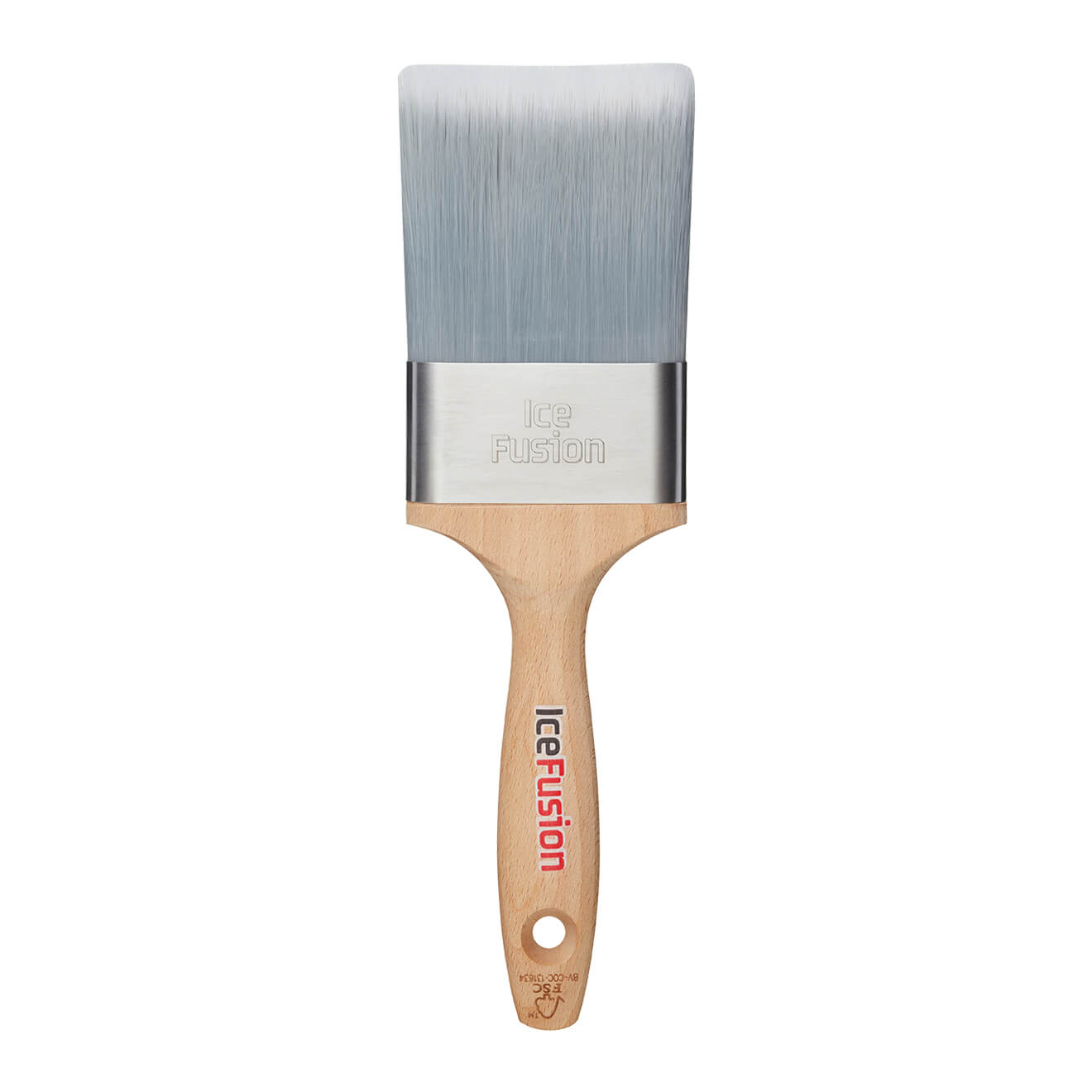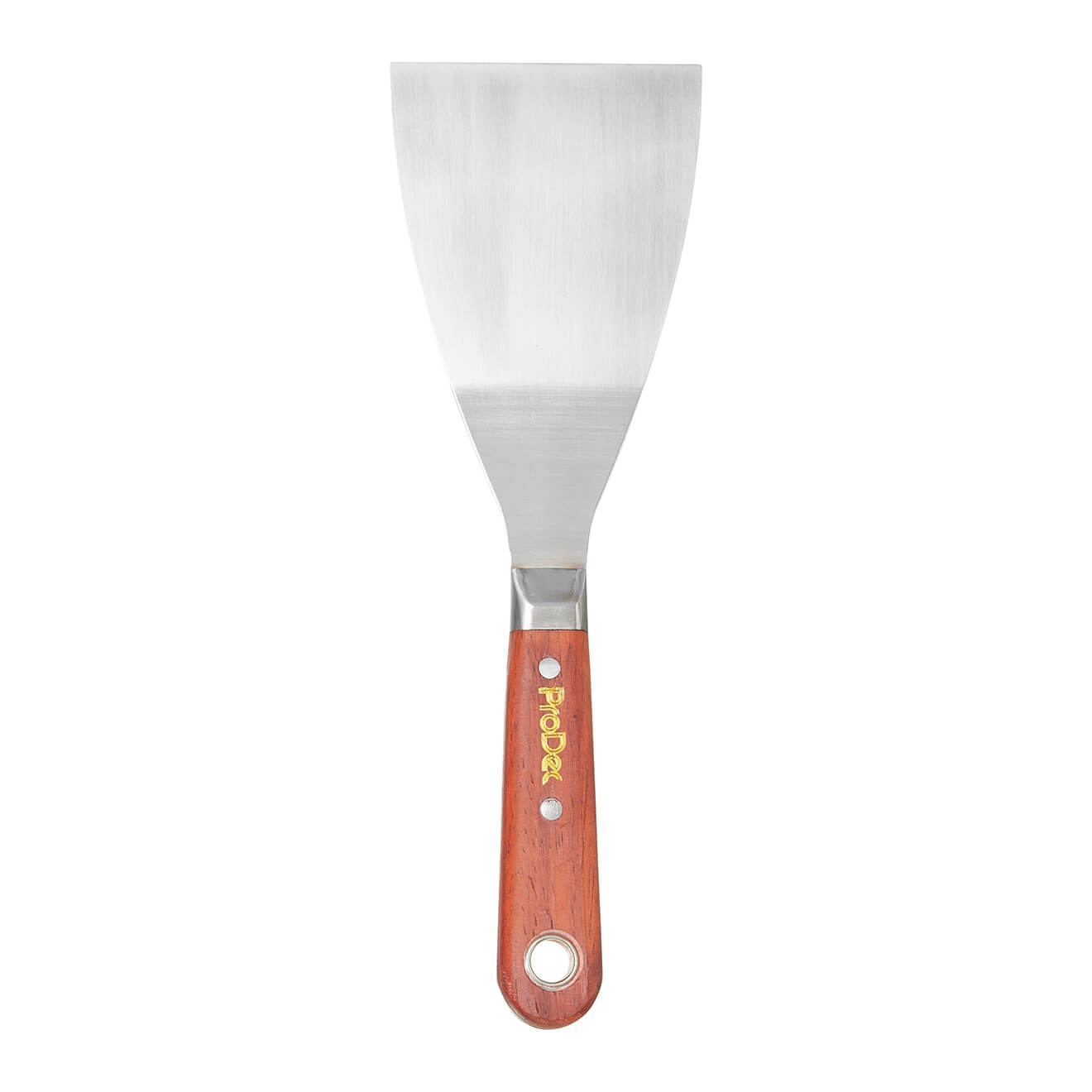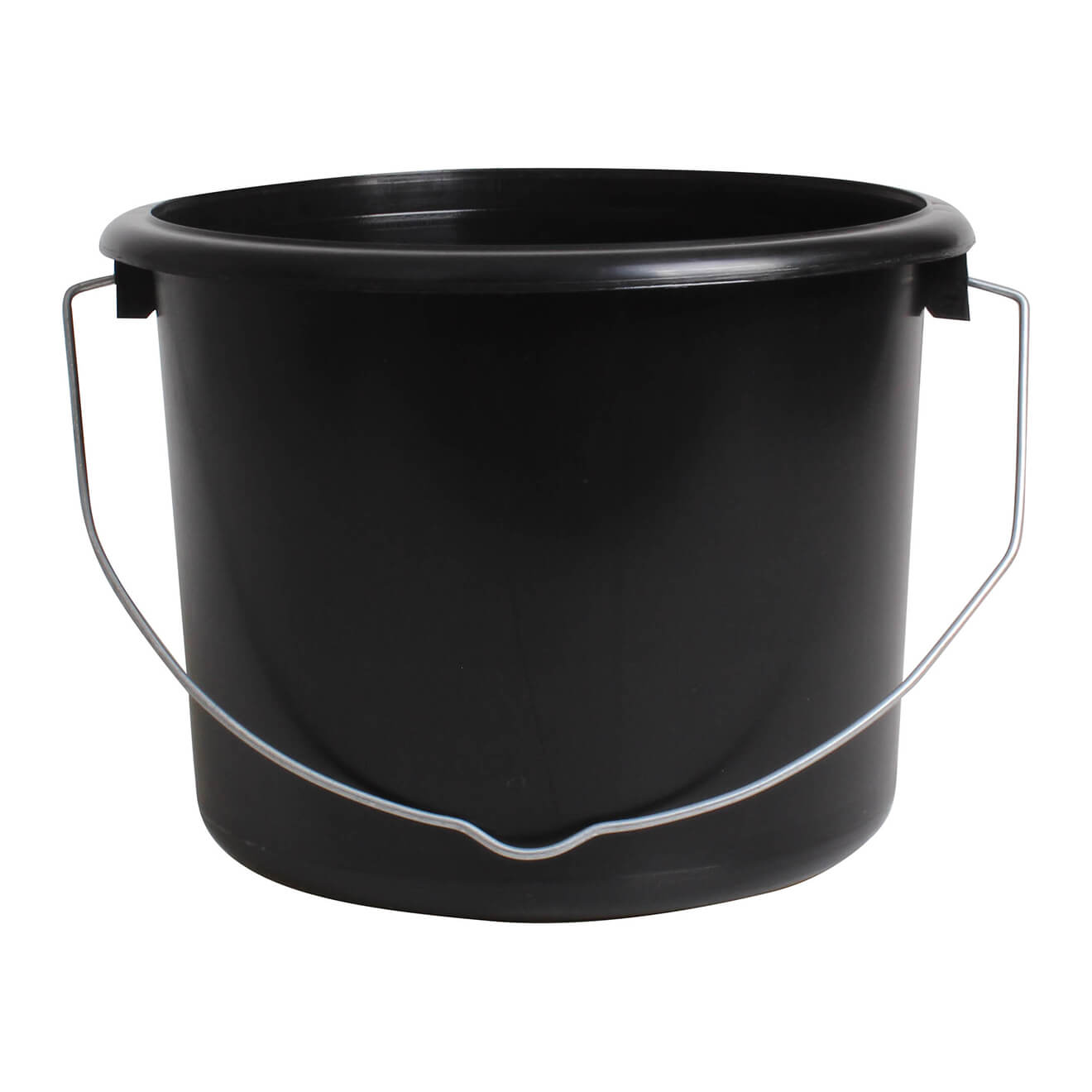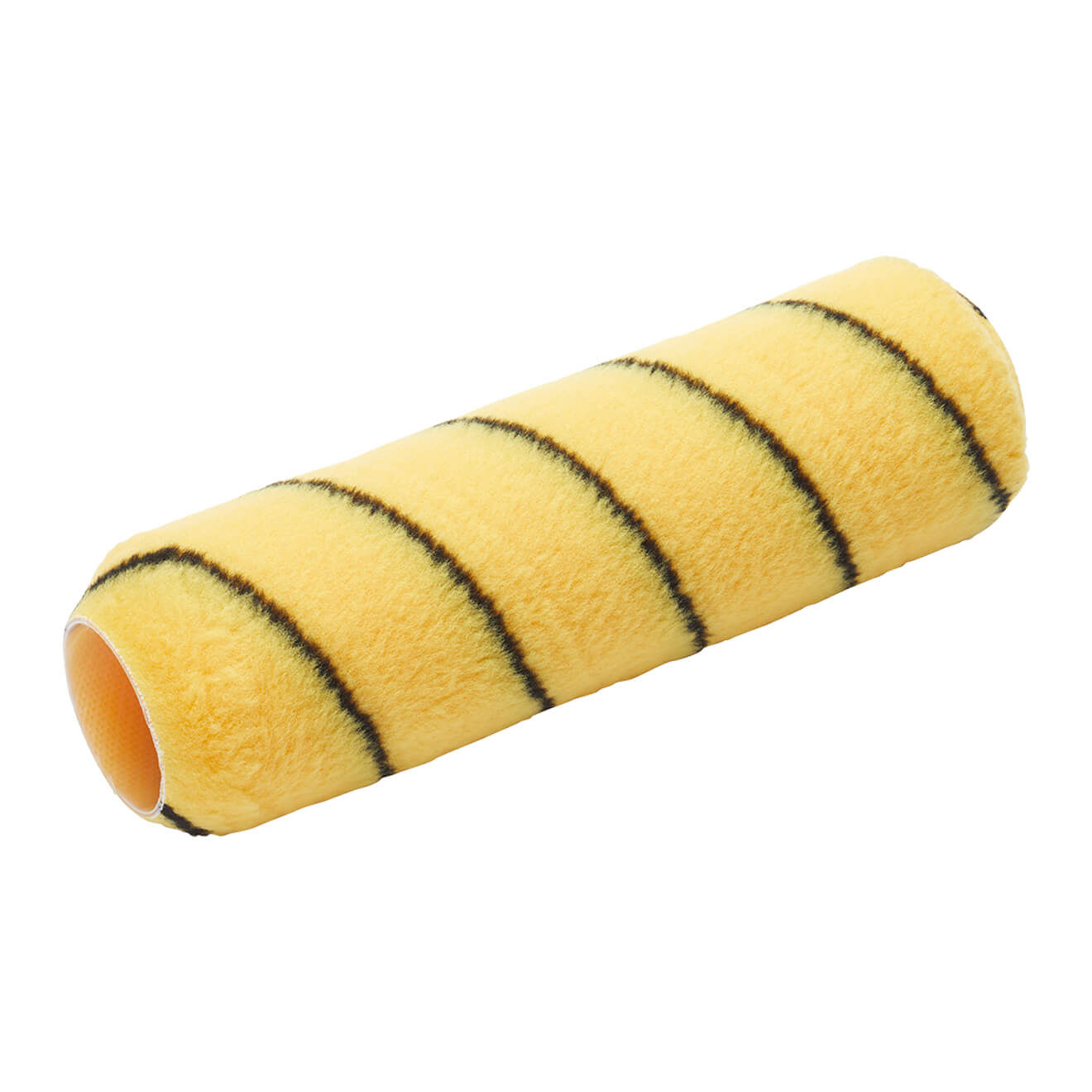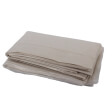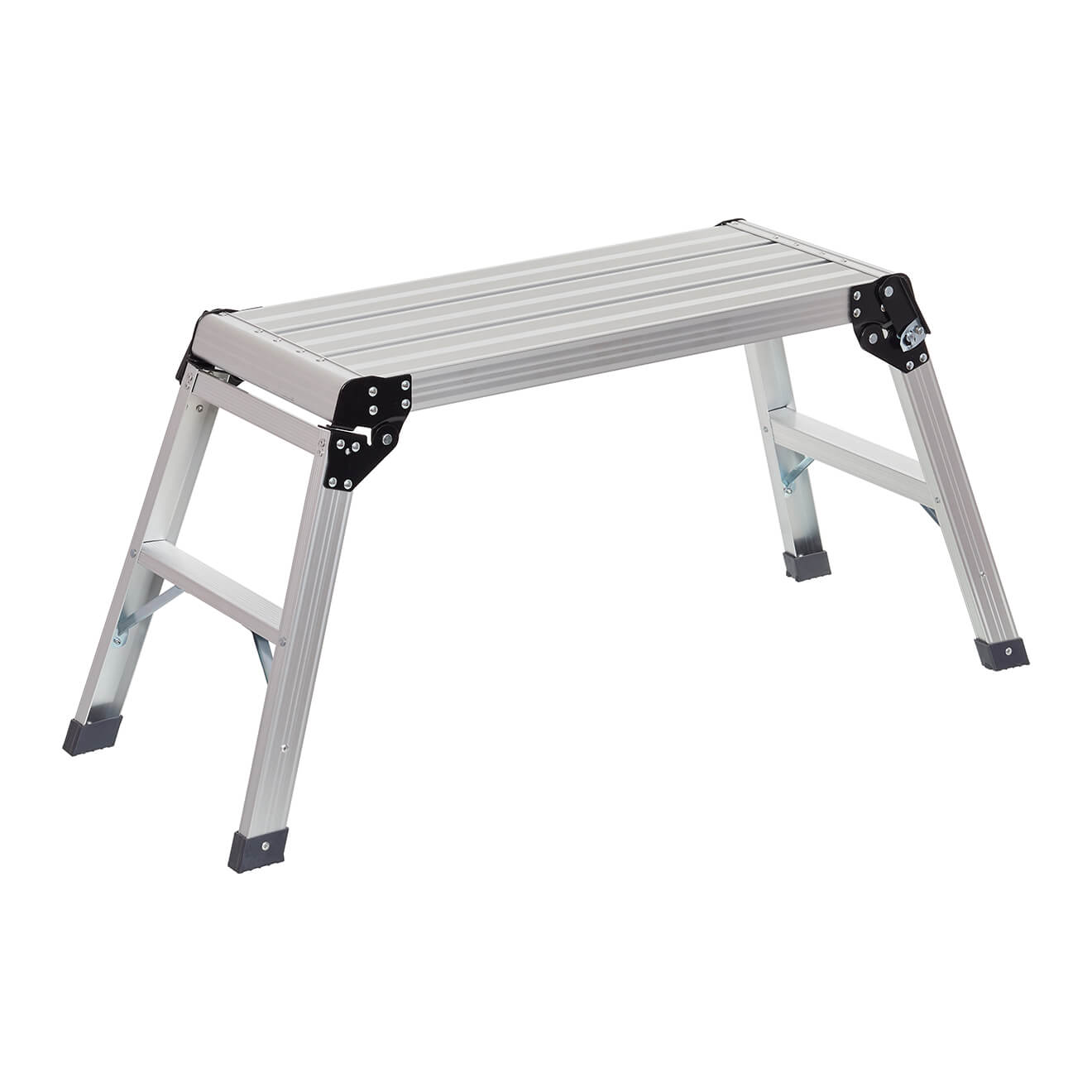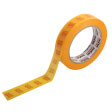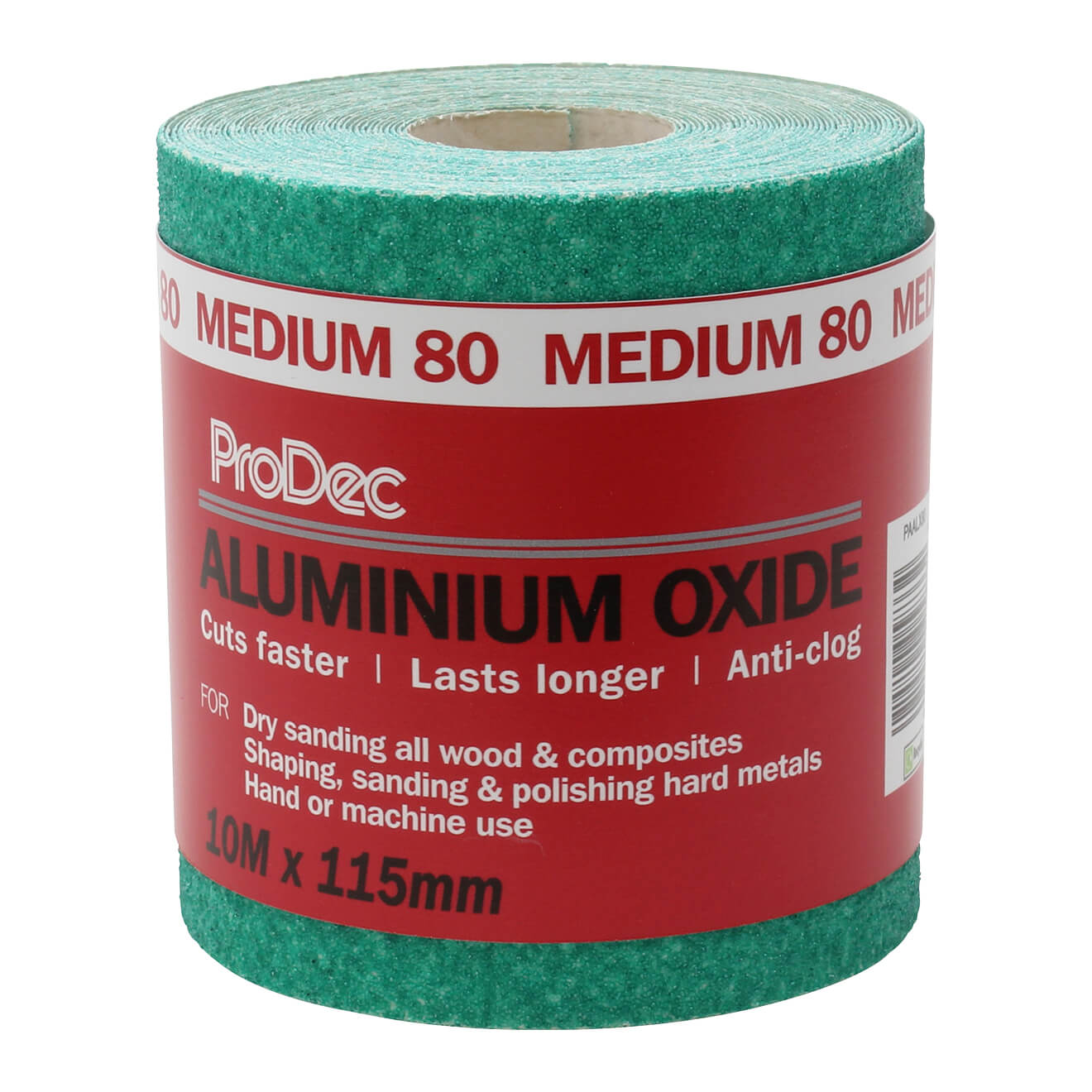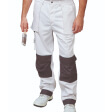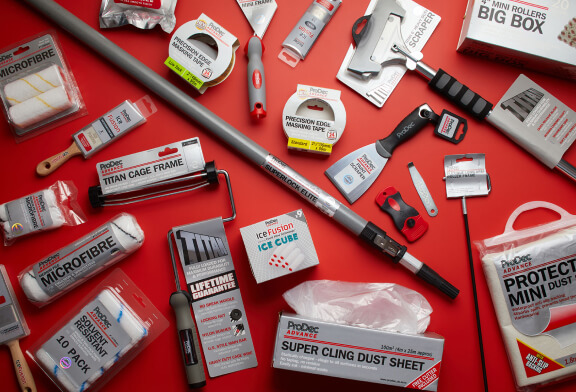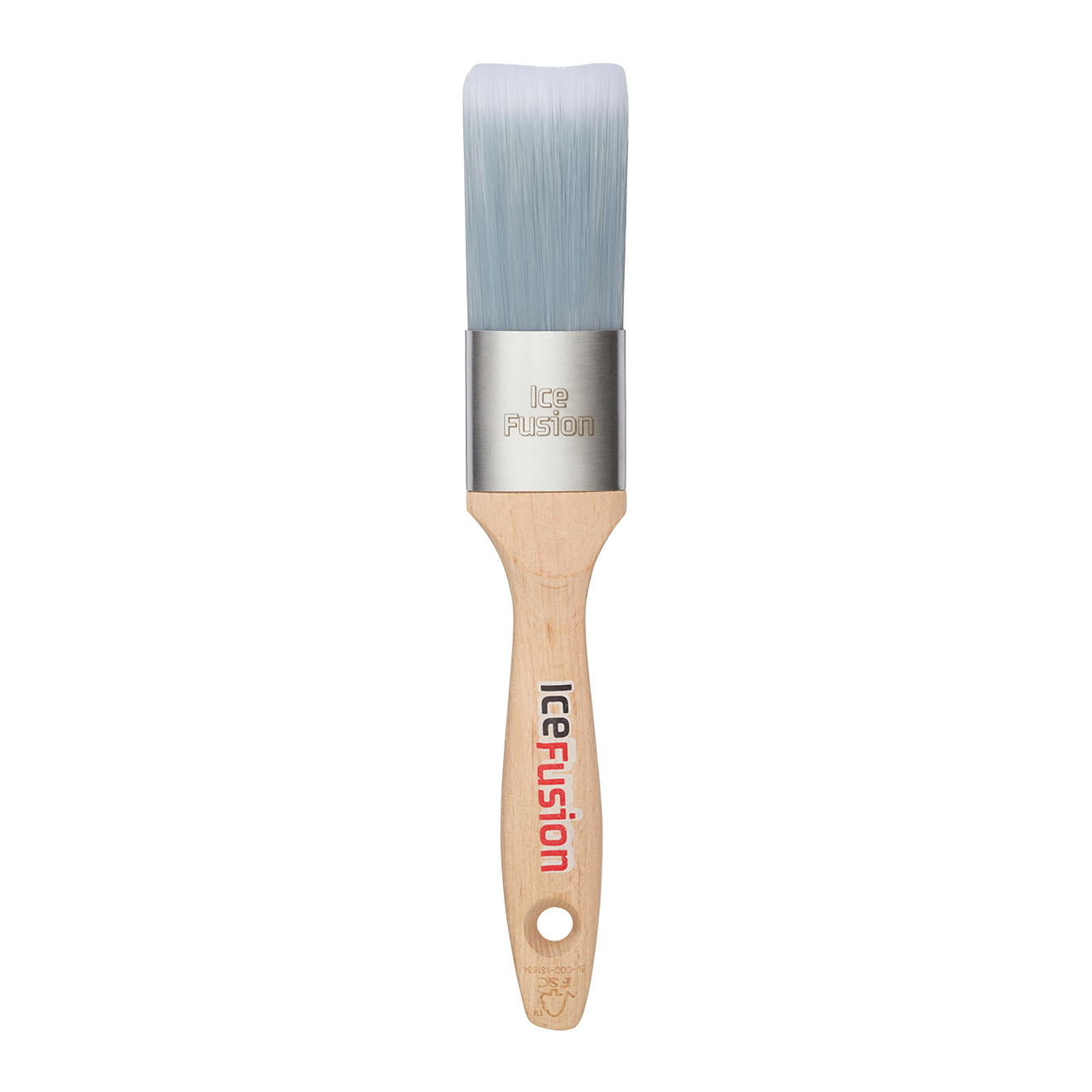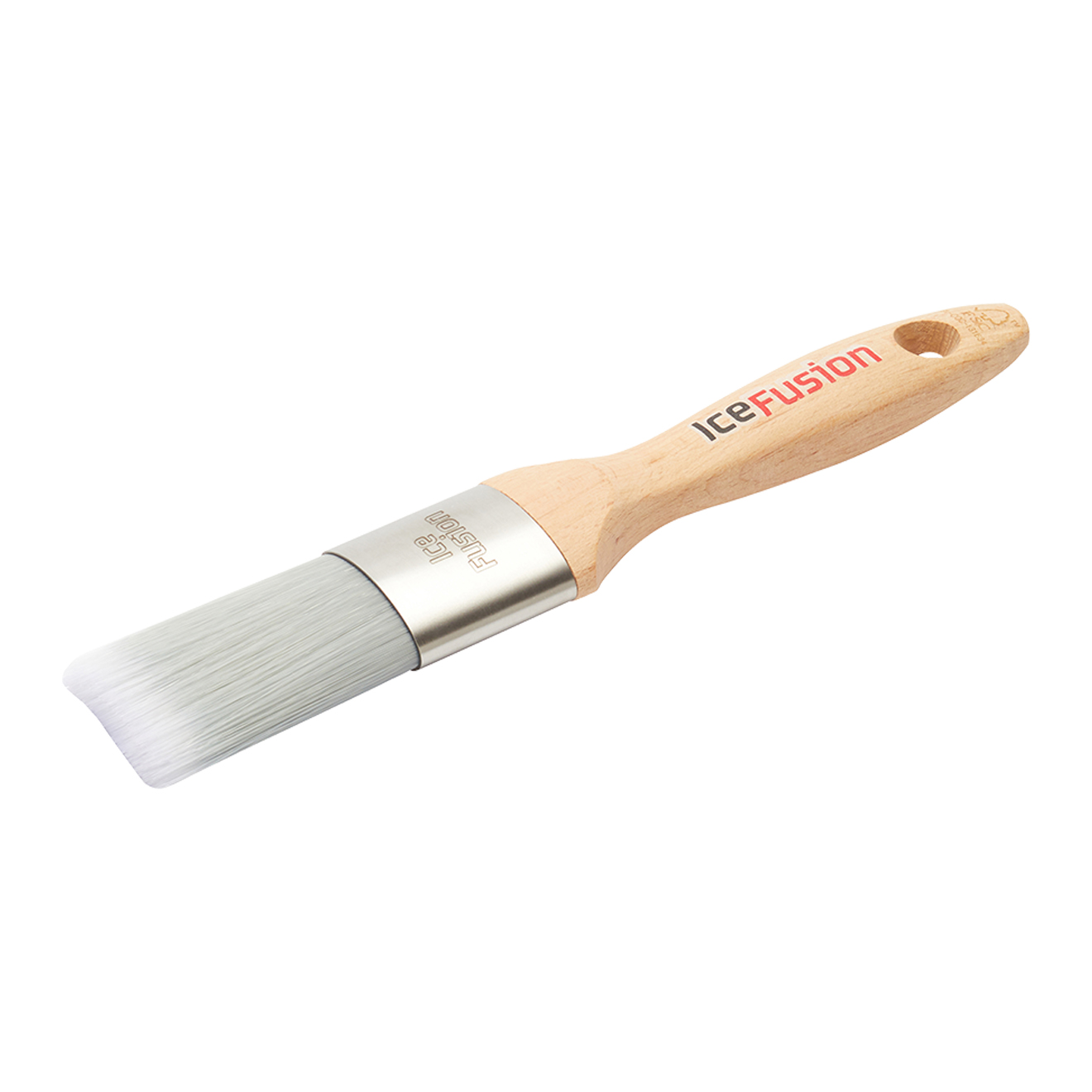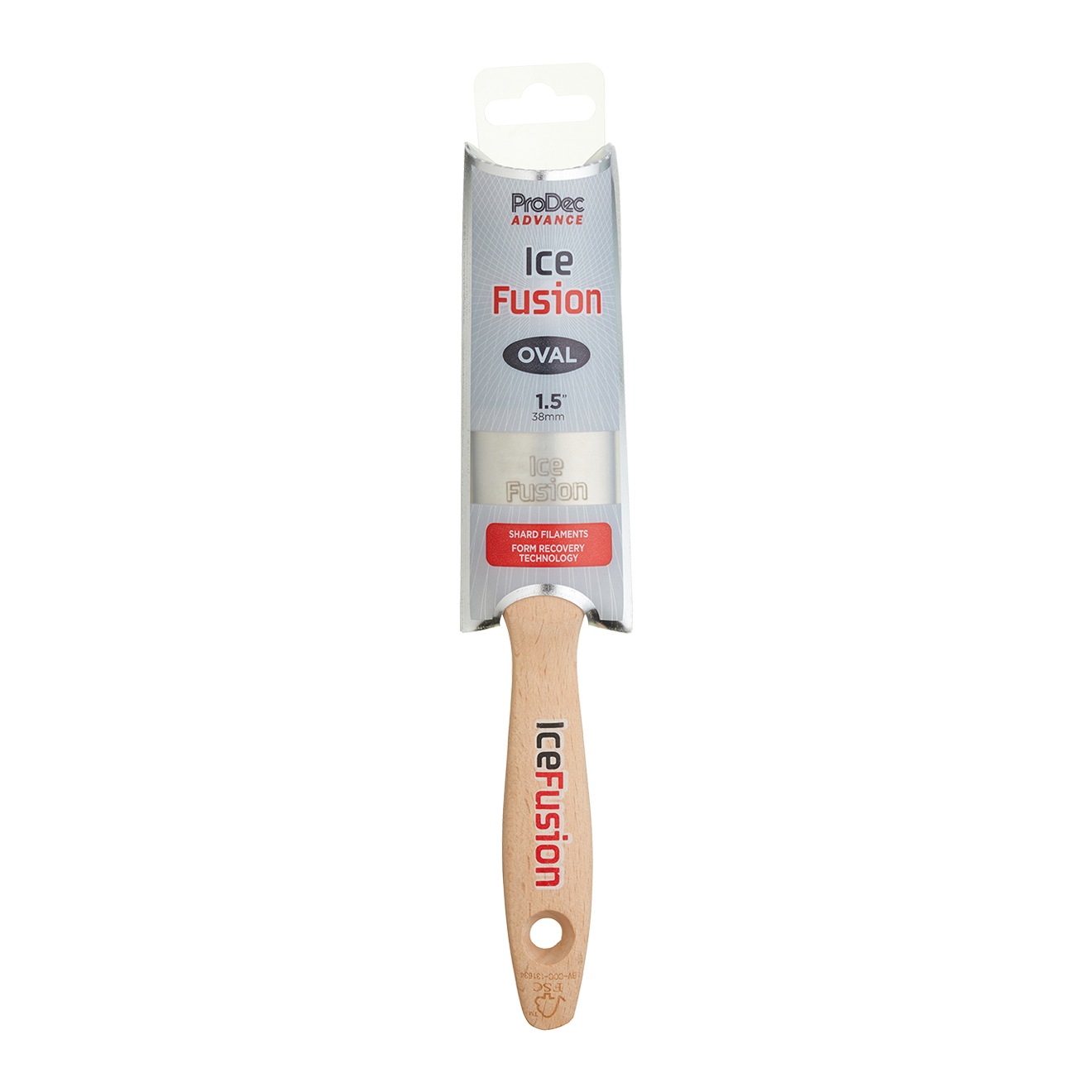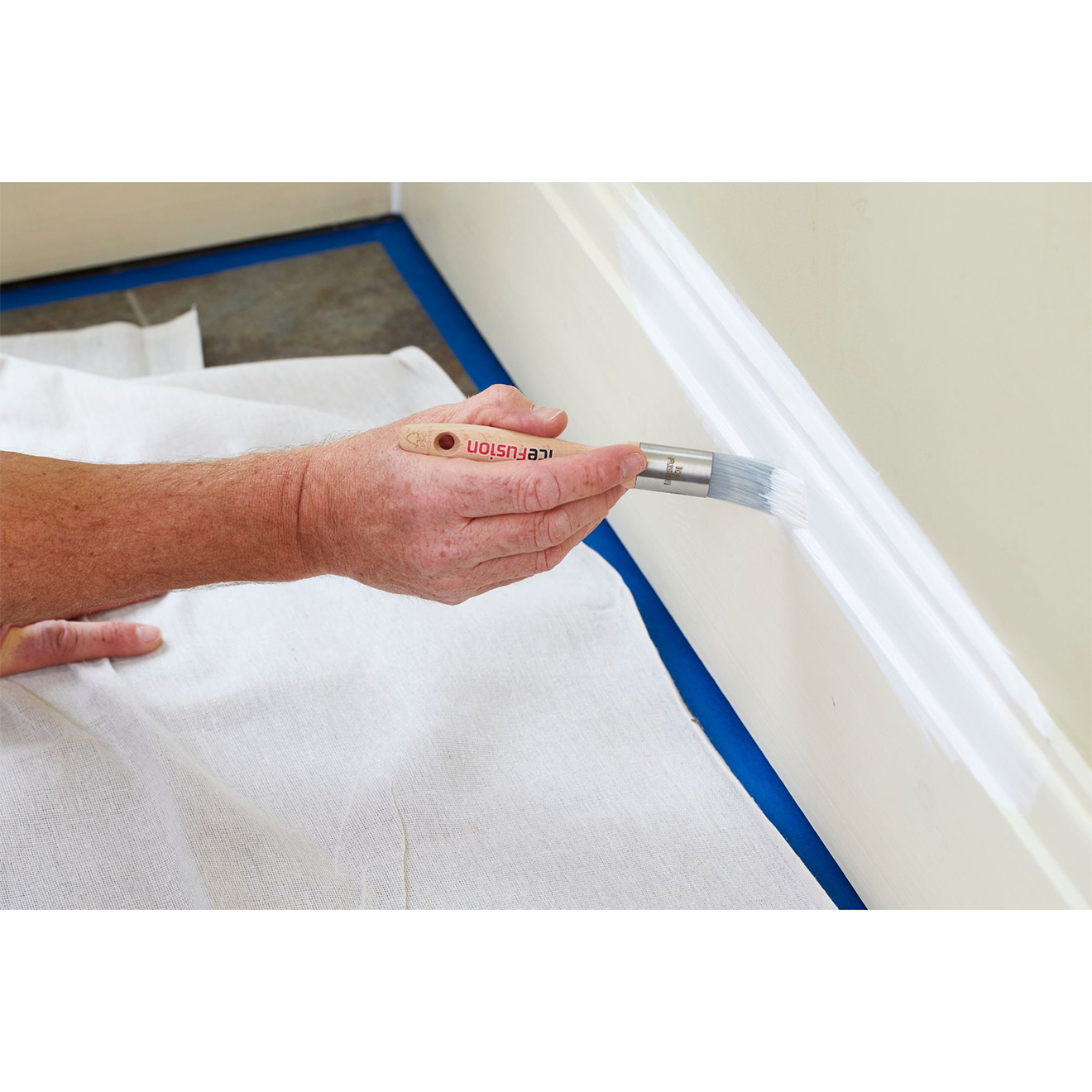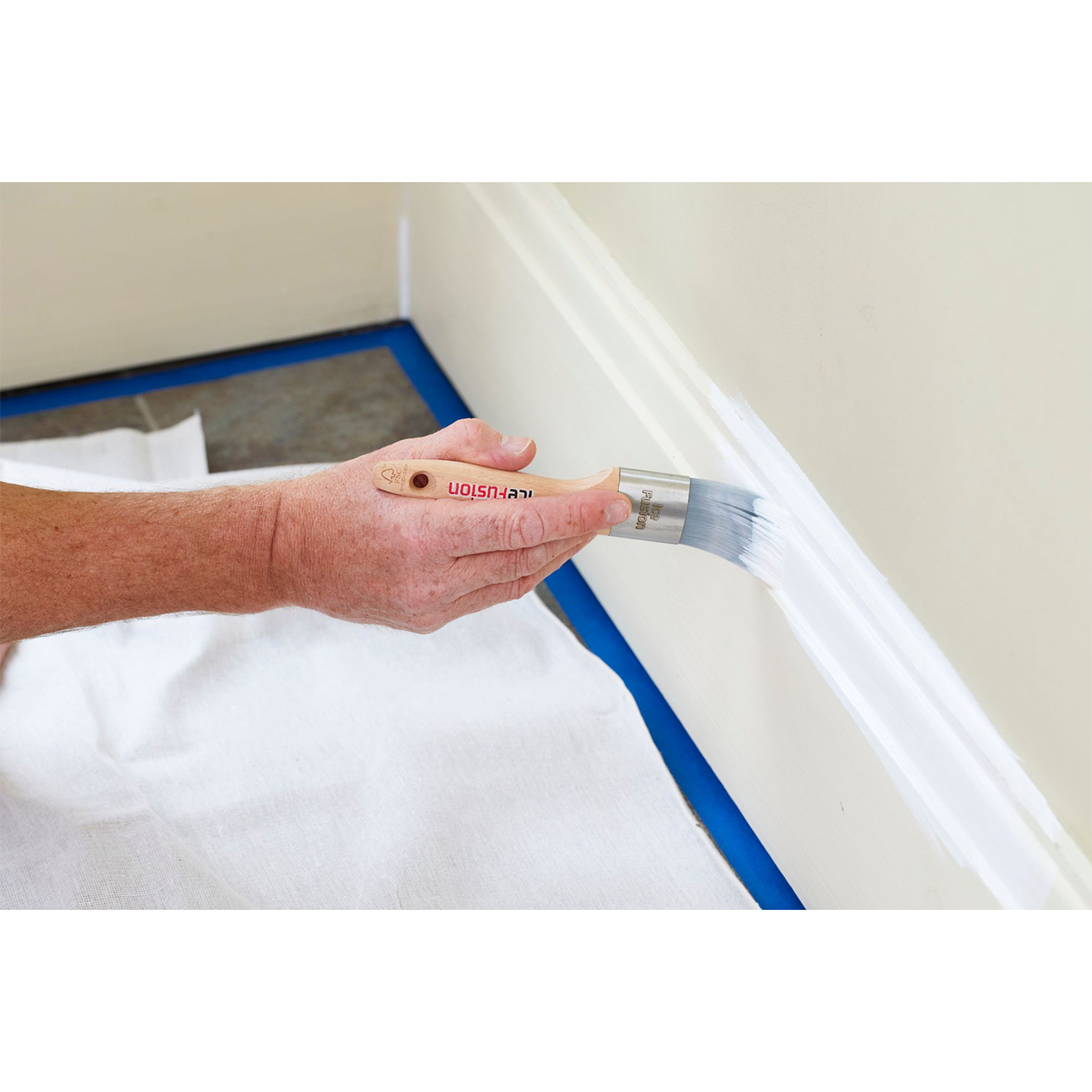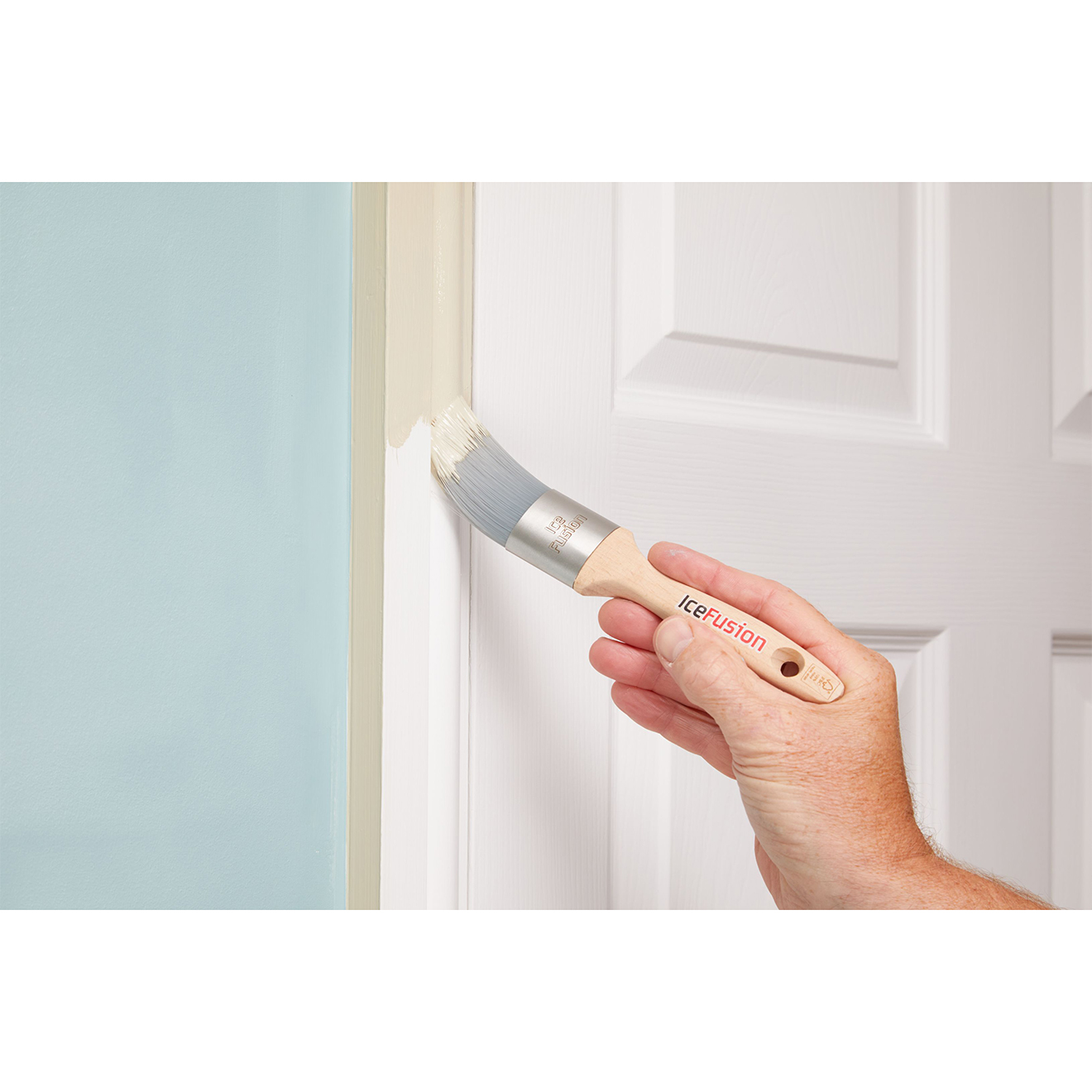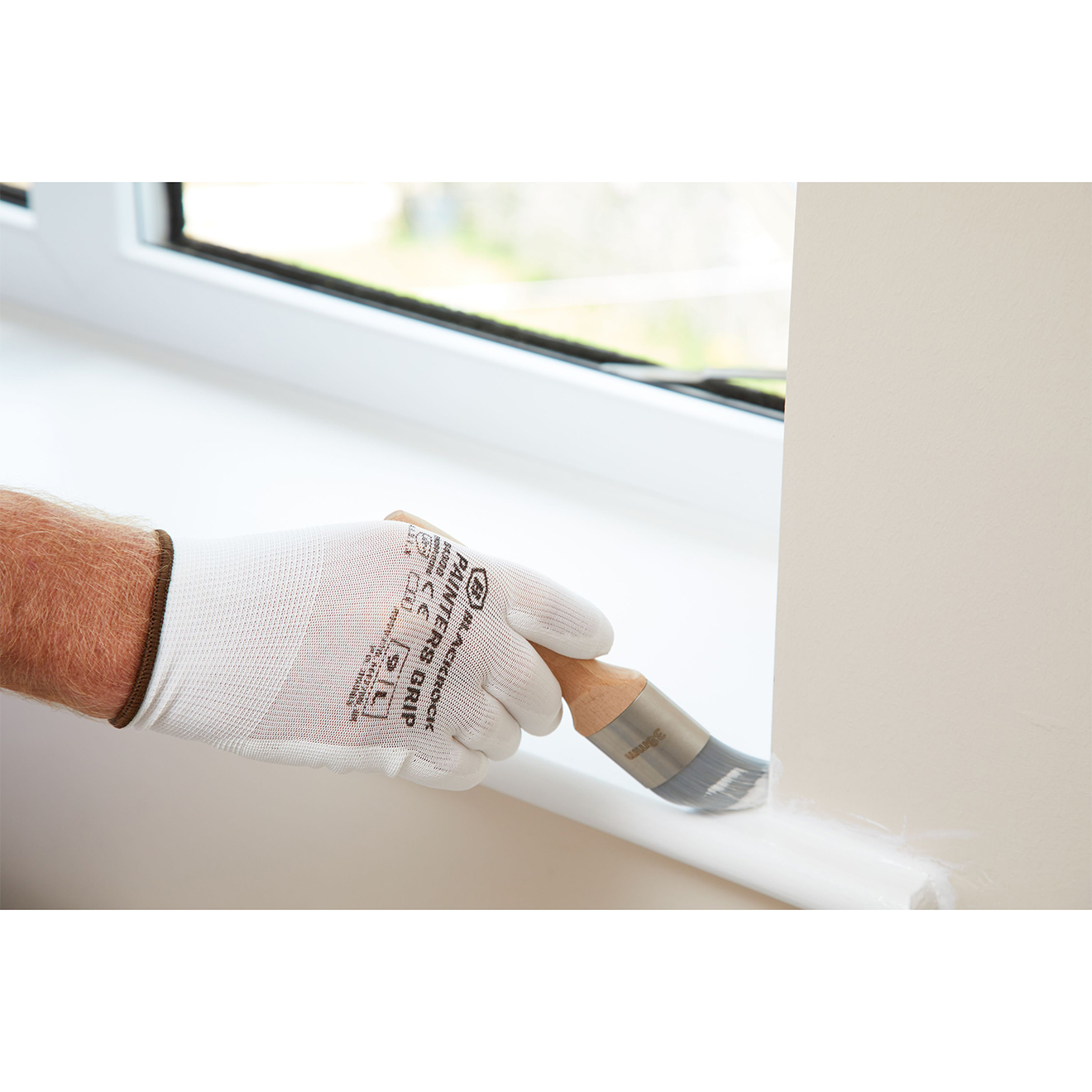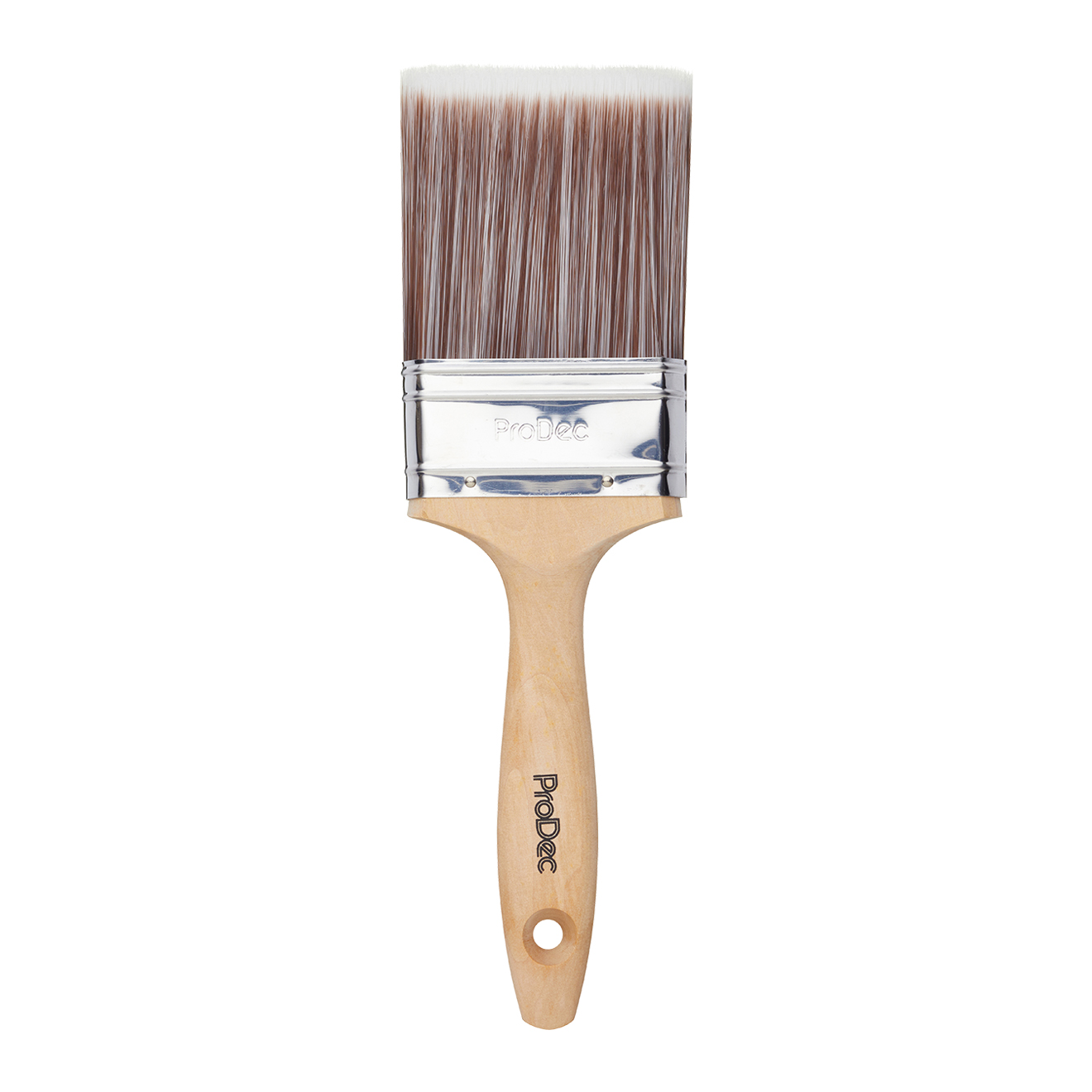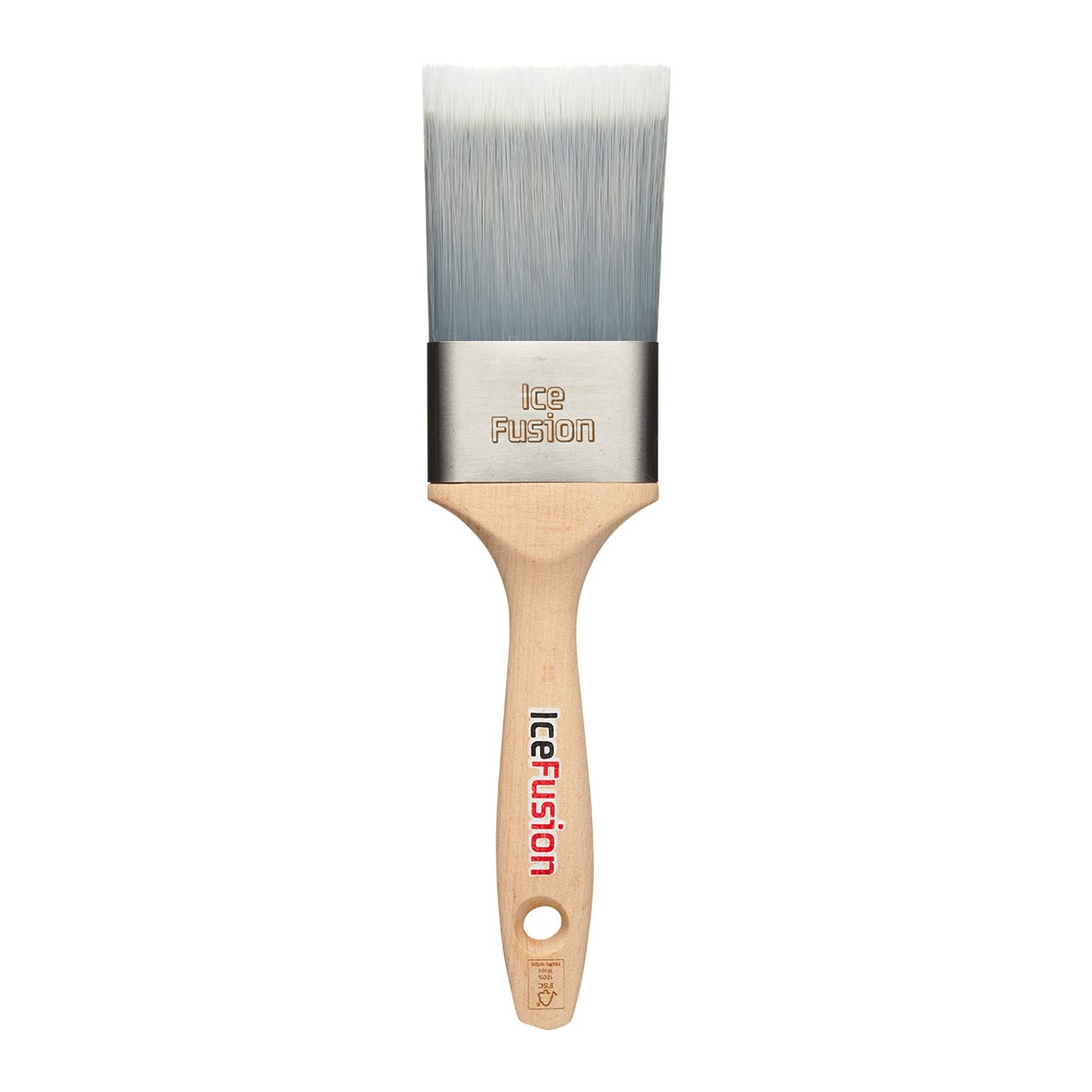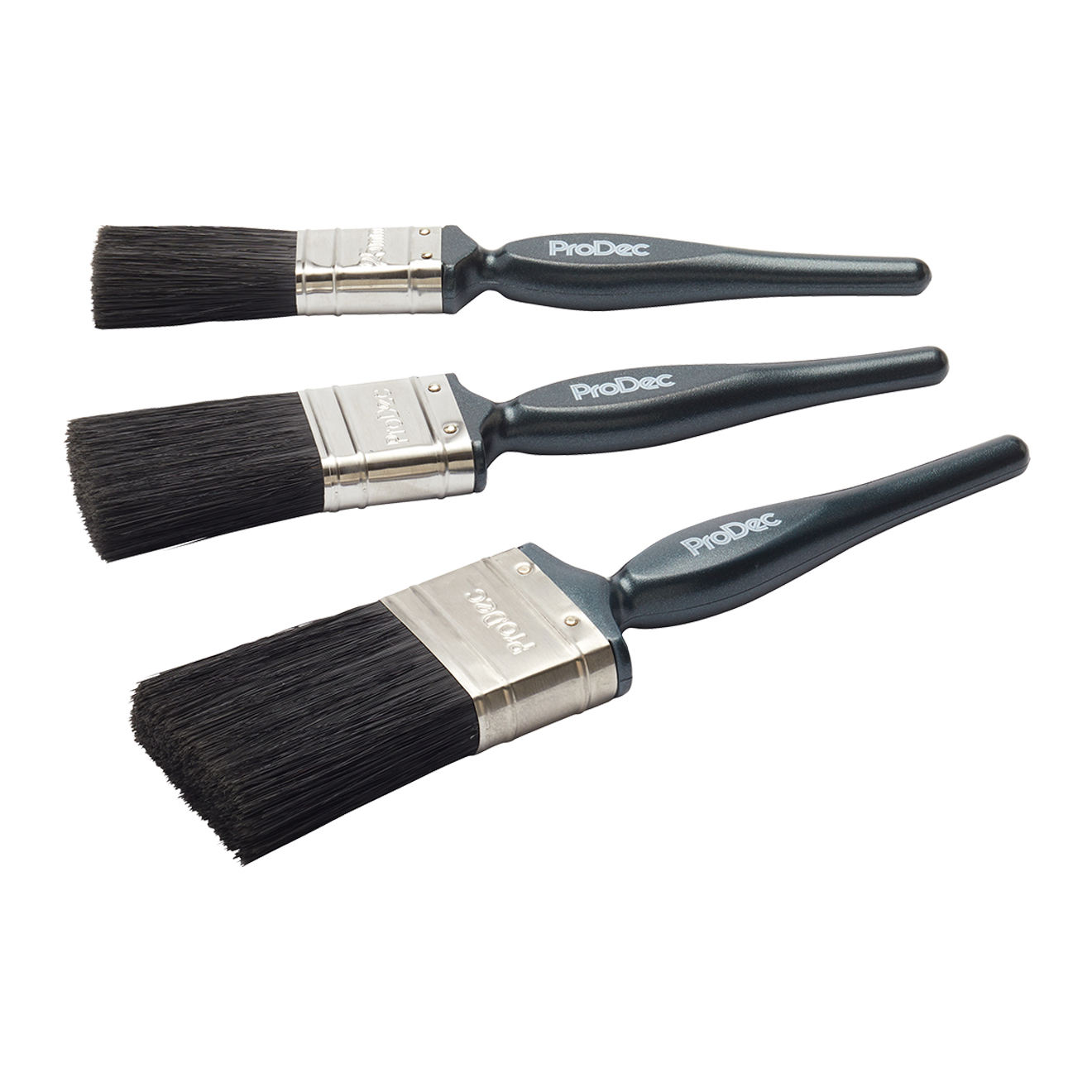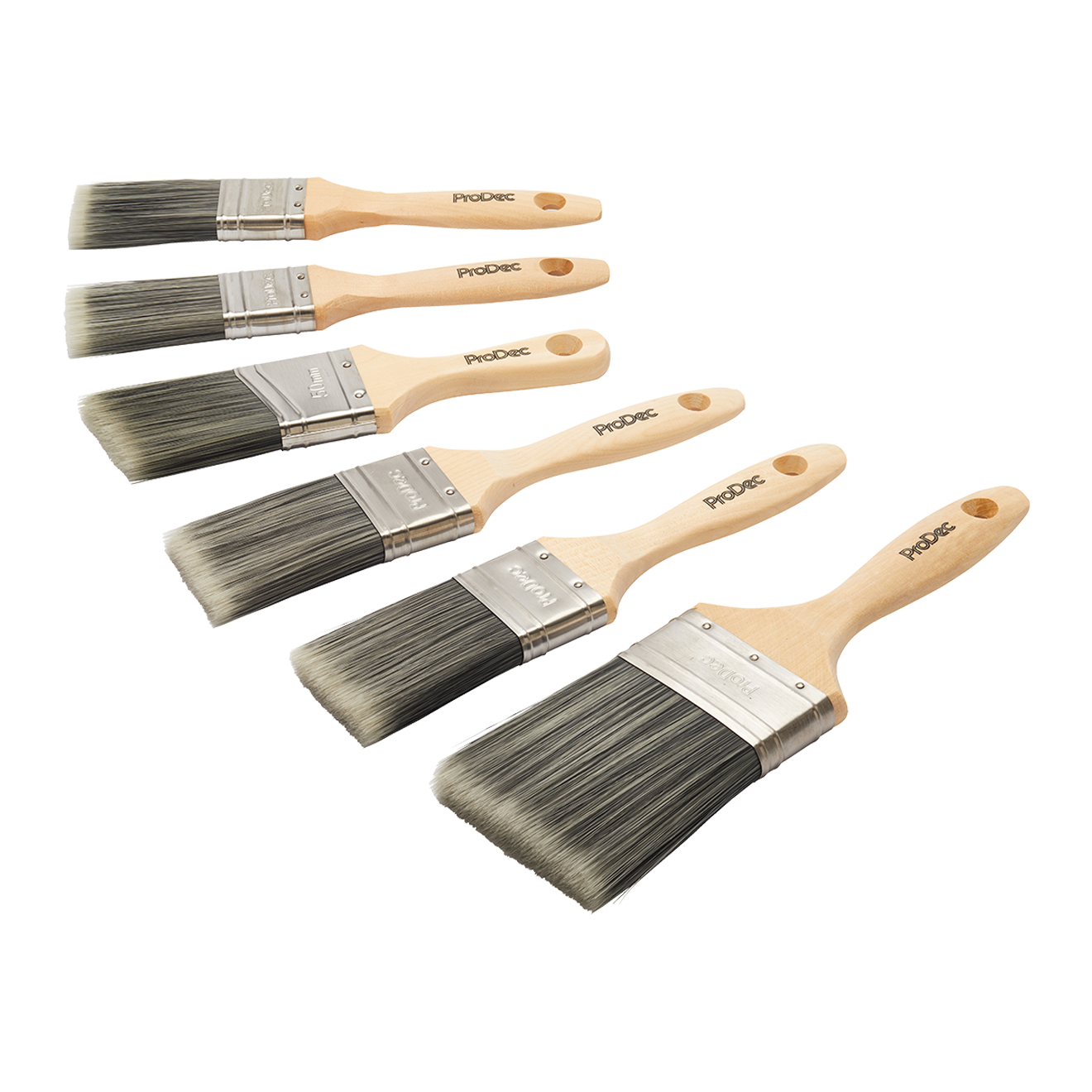Statement of the obvious here, but one that some people can lose sight of in the name of cost cutting: choosing the right paintbrush for the type of paint you’re using is critical for achieving a smooth, professional quality finish. A decorator’s skill goes a long way as well of course, but everyone will get a better finish from the right brush than from one that’s less well suited. Chances are that given enough time you’ll use a range of different brushes in a range of situations, which will go a long way towards determining exactly what works for you but here’s a general beginner’s guide for UK decorators on selecting paintbrushes for different types of paints:
Water-Based Paints (Emulsion, Acrylic):
Paintbrush Type: Synthetic bristle brushes are suitable for water-based paints. They maintain their shape better, the filaments are very uniform for a good finish and they are easier to clean. Natural bristle brushes have a tendency to absorb water and swell, which compromises the finish they give.
Paintbrush Size: For general painting, use a medium-sized brush (eg. 2 to 2.5 inches). For cutting in or detail work, a smaller brush may be appropriate but this is very much personal choice and some prefer to cut in with 3 inch brushes.
Oil-Based Paints (Gloss, Satinwood, Eggshell):
Paintbrush Type: Natural bristle brushes, often made from hog hair, find their best use with for oil-based paints. They tend to hold plenty of paint and the individual bristle ends naturally split with use, which gives a fine touch and a smooth finish. That said, synthetic brush technology has come a long way in recent years and many decorators use good quality synthetics with oil, and there are plenty of brushes also available with mixed natural and synthetic bristles.
Paintbrush Size: Use larger brushes (eg. 2.5 to 3 inches) for larger areas and smaller brushes for detail work.
Water-Based and Oil-Based Primers:
Paintbrush Type: Synthetic bristle brushes work well for both water-based and oil-based primers.
Paintbrush Size: Choose a brush size based on the size of the area you are priming.
Specialty Paints (Varnish, Stain):
Paintbrush Type: For varnishes and woodstains, consider using a high quality synthetic brush or a natural bristle brush, depending on the type of finish you want.
Paintbrush Size: Select a brush size based on the size of the project and the level of detail required.
Masonry Paints:
Paintbrush Type: For exterior masonry paints, choose a brush with either pure synthetic bristles or mixed natural and synthetic bristles. Long bristle lengths work well for rough surfaces, as this ensures paint gets into the surface texture and prevents missed spots.
Paintbrush Size: Choose a size based on the size of the surface to be painted but generally at least 4” as coverage rates are lower for masonry paints and you need to load up a good amount of paint for maximum efficiency.
Additional Tips:
Cutting In: For cutting in around edges and corners, consider a brush with a slant cut head as it gives a better surface contact angle. Whether you use a small or large size is down to individual preference and skill level.
Quality Matters: Invest in high quality brushes for a better finish and durability. Cheaper brushes may shed bristles and leave streaks.
Paintbrush Shape: Flat brushes are versatile and good for large surfaces, while angled brushes are ideal for cutting in and detail work. Oval brushes are ideal for moulded trim surfaces such as architrave and skirting board.
Always refer to the paint manufacturer’s recommendations for paintbrush selection, as they may provide specific guidance based on the formulation of their products. Additionally, cleaning brushes properly after each use will extend their lifespan and ensure consistent performance.












